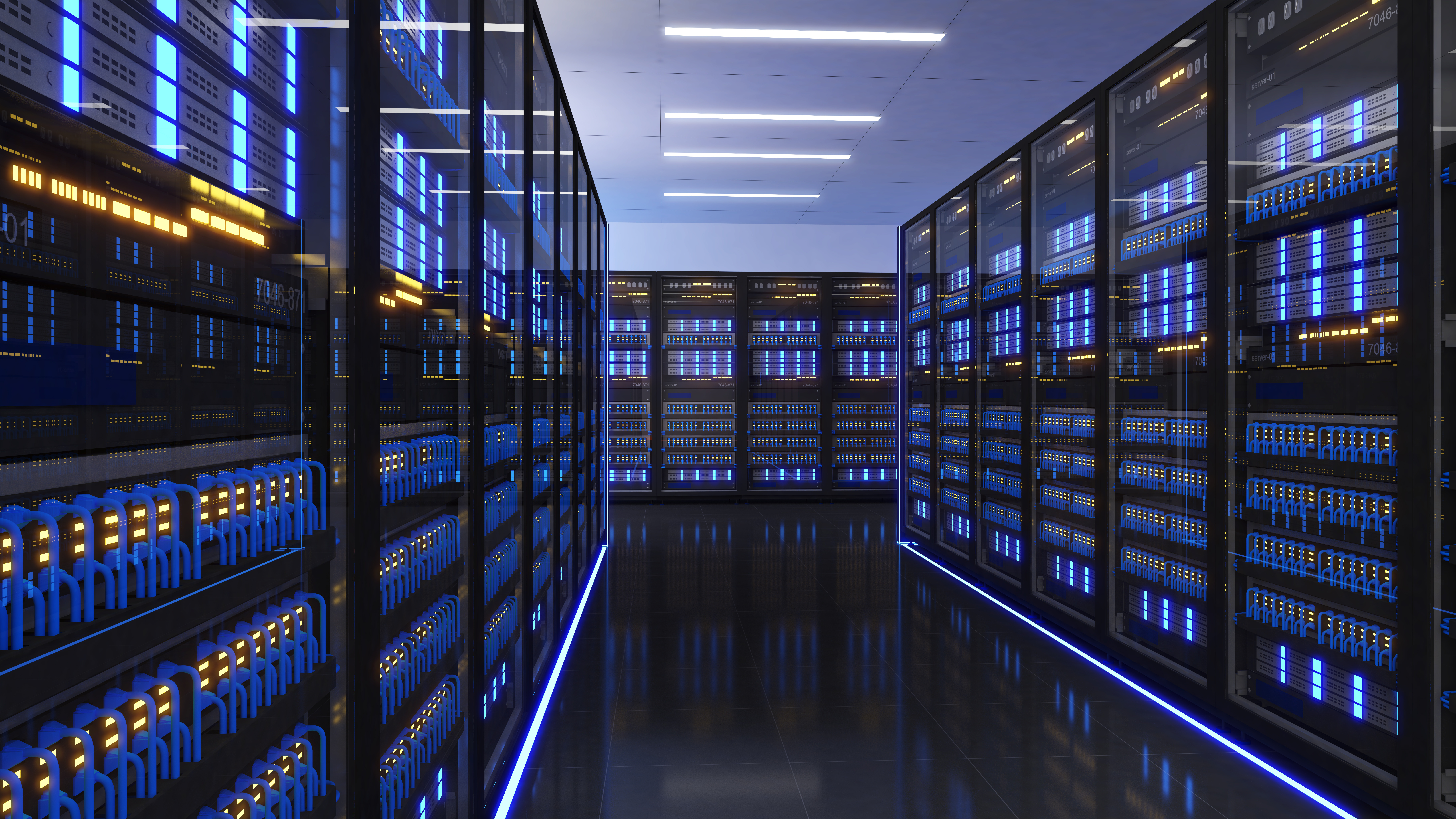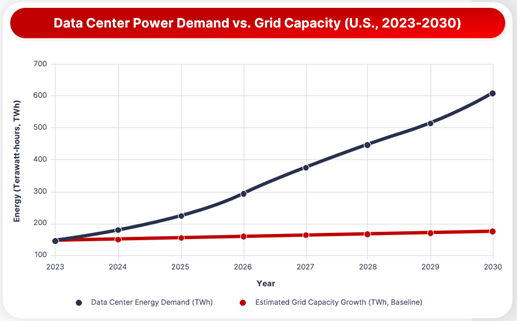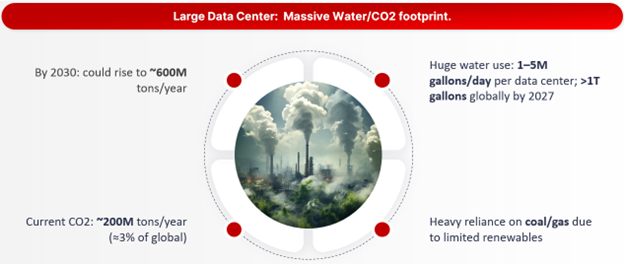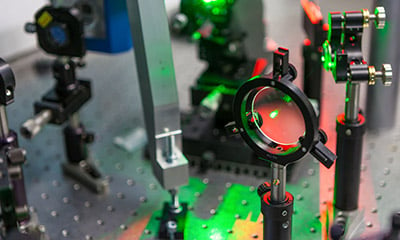Photonics is the Only Way Forward
Danvers, MA - October 2025: AI’s surging energy demand has exposed the physical and environmental limits of copper interconnects, driving a critical shift toward photonics. By replacing electrons with light, data centers can achieve massive gains in speed and efficiency while enabling a more sustainable, innovation-driven AI ecosystem.
By Seminex

From Electrons to Photons: Powering the Next Generation of AI Data Centers
As someone who’s worked in photonics for more than three decades, I’ve seen the industry evolve into a critical enabler of communication and computing. But what’s happening now is unprecedented as the explosion of artificial intelligence is fundamentally reshaping the scale and design of data centers.
At is driving this transformation? The numbers are staggering. In 2024, data centers worldwide consumed about 460 terawatt-hours (TWh) of electricity roughly equivalent to the total energy use of Japan (International Energy Agency, 2024). In the U.S., total demand from data centers is projected to triple by 2028, consuming as much as 12% of the national grid, with AI workloads responsible for nearly 9% of that total.

To put it in more practical terms, a single ChatGPT query consumes 10× more computation than a typical Google search. Multiply that by billions of interactions, and it becomes clear why global data center demand is expected to double by 2030. That’s not sustainable.
Even with efficiency gains in GPUs and cooling, AI training workloads are expanding faster than Moore’s Law can keep up. And beyond electricity, there’s water…and a lot of it.
Each hyperscale data center uses between 1 and 5 million gallons of water per day for cooling (source: U.S. Department of Energy, 2024). By 2027, total water consumption from data centers is expected to surpass 1 trillion gallons annually, which is enough to supply every home in New York City for an entire year.

And then there’s carbon emissions. Global data center operations exceed 200 million tons of CO₂ per year, about 3% of global output, largely fueled by natural gas and coal.
If this trajectory continues, the footprint of the AI ecosystem will soon rival that of entire nations.
At the heart of the problem the bottleneck: electrons on copper. For decades, copper interconnects have carried electrical signals linking servers, GPUs, and racks across data centers. But electrons, as fast as they are, come with limits including signal loss, heat, power consumption, and thermal constraints. The bottleneck isn’t theoretical. It is real and it is here. AI training clusters now span thousands of GPUs, and the challenge of moving data efficiently between them has become one of the largest constraints on performance and energy efficiency.
The explosion of AI forced a rethink of data center design and #photonics is about to have its moment. Transmitting data using light instead of electrons offers up to a 10x an order-of-magnitude leap in performance in terms of reach, higher bandwidth, power efficiency and lower latency. It is expected that within five years, most short-reach interconnects inside hyperscale data centers are expected to be optical. That’s a complete reinvention of how data moves.
This surge is attracting enormous investment, from silicon photonics startups to established semiconductor giants. The world’s largest cloud and chip companies are now actively deploying or testing optical interconnect solutions.
And with this shift comes something equally important: jobs, innovation, and economic growth. As the AI infrastructure market transforms, photonics will become one of the most dynamic fields in technology — driving opportunities across design, manufacturing, and systems integration.
The real enabler of that transformation will be how we handle the physics of data movement and energy use. The future data centers won’t run on electrons. They will run on #photons.
Sources:
- International Energy Agency (IEA), Electricity 2024 Report
- U.S. Department of Energy, Water & Energy in Data Centers (2024)
- Intel Corporation Press Release, “Intel Demonstrates First Fully Integrated Optical I/O Chiplet,” June 2024
- Internal analysis based on AI computation trends (Petaflop growth 2010–2025)
Ronald Moore is President of SemiNex Corporation - which is driving innovation in semiconductor optical amplifiers (SOAs) and ultra high-power, narrow linewidth distributed feedback (DFB) lasers for high-speed, energy-efficient data center networks. Learn more about SemiNex at https://seminex.com/about-seminex
|
For more details on products, please contact marketing@seminex.com. |
Markets
About SemiNex Corporation
SemiNex Corporation designs and manufactures proprietary high-power semiconductor infrared laser diode-based assemblies and optical amplifiers for data centers, automotive LiDAR, military, medical, and industrial applications. SemiNex’ products are based on advanced quantum physics and employ high-quality indium phosphide and gallium antimonide materials, supporting wavelengths between 1250 nm to 2400 nm with best-in-class optical output power in addition to superior thermal and electrical efficiencies. SemiNex Corporation also customizes its epitaxial designs and device packaging to meet its customers’ individual requirements.
SemiNex was founded in 2003 and is headquartered in the US.
Contact:
SemiNex Corporation
153 Andover Street, Suite 201
Danvers MA, 01923 USA
+1 978-326-7700
marketing@seminex.com
#higherpower #morephotons
By Seminex
Related articles
Featured, New applications
Demand for Indium Phosphide Chips Driven by Communications and Consumer Electronics Applications
Indium phosphide (InP) has emerged as a critical semiconductor material, ...
Featured, New applications
Advancing Wind Power Efficiency with Lasers for Wind Lidar Technology
Wind lidar is a cutting-edge remote sensing technology crucial for measuring ...



.jpg)
.jpg)
.jpg)
.jpg)


.jpg)
.jpg)







